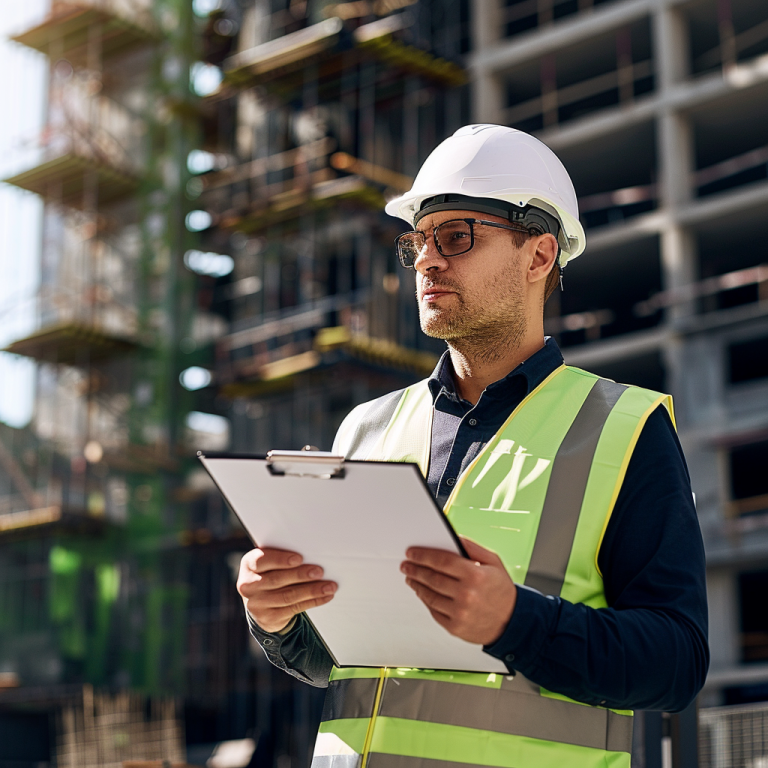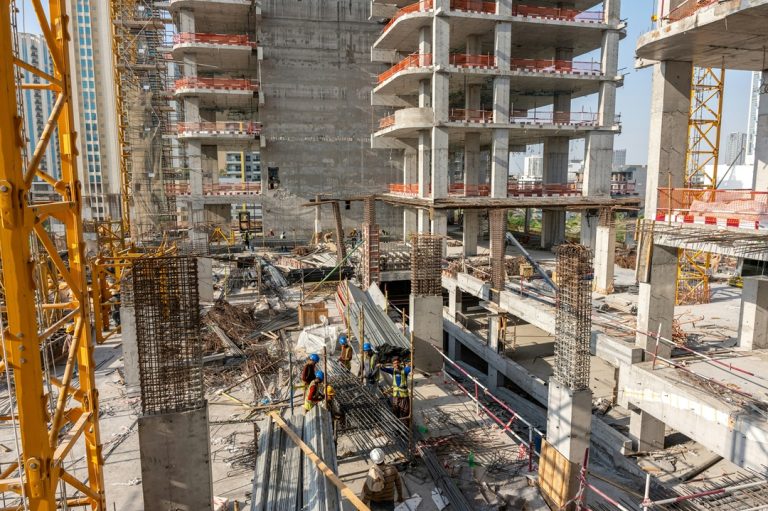In the world of real estate, success often comes down to location, aesthetics, and return on investment. But there’s another critical factor that is frequently overlooked, despite its measurable impact on property value and human well-being: environmental noise.
As cities expand and population densities increase, finding quiet, tranquil spaces is becoming a luxury. Yet the impact of noise is far more than just a nuisance. Studies show that environmental noise can significantly affect property values [1] and has well-documented consequences for mental and physical health from indirect pathways [2]. This makes acoustics not just a design detail, but a strategic consideration in real estate development.
The Problem: Relying on Today’s Conditions
Many developments assess noise levels using only a snapshot of current environmental conditions. While this might meet minimum planning requirements, it misses the bigger picture. Cities like Dubai are rapidly evolving, with major infrastructure projects constantly reshaping the noise landscape.
A property that enjoys peaceful surroundings today could be under a new flight path or next to a busy highway within a decade. Without proper planning, developers risk creating buildings that quickly become undesirable or require costly retrofits to address unforeseen acoustic problems.
The Future Soundscape: Predictive Acoustic Planning
Experienced acoustic consultants don’t just measure what’s there now, they look ahead. Using sophisticated modelling techniques, consultants can predict future noise scenarios based on planned infrastructure like airport expansions, new roadways, rail lines, or adjacent developments. These predictions are based on real-world physics and calculation standards incorporated into industry standard tools [3].
Graphical outputs such as noise contour mapping (often used for airports) allow consultants to forecast how noise will propagate through an area in the coming years. This kind of insight allows developers to design buildings that are resilient to future changes in the acoustic environment.
The Solution: Bring Acousticians in Early
Involving qualified acousticians from the outset of a project ensures that noise is considered as a fundamental design driver, not an afterthought. Early engagement allows for:
- Strategic building orientation and layout decisions
- Appropriate facade and glazing specifications
- Integration of noise mitigation strategies into the architectural language
- Long-term savings by avoiding costly redesigns or tenant dissatisfaction
- Increased perception of asset quality
This proactive approach supports not only regulatory compliance, but the creation of environments that enhance comfort, productivity, and overall occupant satisfaction.
Case-in-Point: Dubai South Airport Expansion
Dubai’s growth is a prime example of why future-focused acoustic planning is essential. The ongoing expansion of Dubai South airport will eventually lead to increased flight activity and associated noise in surrounding areas. Developments being planned today in what appear to be quiet zones may soon find themselves directly impacted by this change.
By modelling these future scenarios, acousticians can advise developers on how to mitigate exposure before the first shovel hits the ground. This could involve building location and orientation adjustments, façade upgrades, acoustic zoning within buildings, or landscape elements designed to reduce sound transmission.
The Bigger Picture: Health, Well-being, and Marketability
Noise doesn’t just affect value; it affects people. Chronic exposure to environmental noise has been linked to poor sleep quality, reduced cognitive performance, and increased stress. Designing with acoustics in mind is therefore not just good business, it’s good practice.
Developers who prioritise sound design create buildings that are healthier, more sustainable, and more appealing to occupants. These qualities are increasingly valued in both residential and commercial property markets.
Conclusion: Future-Proofing Real Estate Through Sound Design
In a market where differentiation matters, forward-thinking developers have an opportunity to stand out by treating acoustic design as a core part of their strategy. With expert input from qualified acoustic consultants, it’s possible to build spaces that are not only compliant, but comfortable, resilient, and ready for the future.
At Focus Acoustics, we help developers evaluate both current and future environmental conditions to design buildings that truly support occupant well-being. Because in a noisy world, smart investments are quiet investments.
REFERENCES:
- Waldemar Beimer, Wolfgang Maennig. Noise effects and real estate prices: A simultaneous analysis of different noise sources. ISSN 1361-9209, https://doi.org/10.1016/j.trd.2017.05.010.
- Münzel, T., Sørensen, M. & Daiber, A. Transportation noise pollution and cardiovascular disease. Nat Rev Cardiol 18, 619–636 (2021). https://doi.org/10.1038/s41569-021-00532-5
- Several softwares are available that implement global standards for noise propagation such as SoundPLAN, CADNA-A, Lima. Be aware of online predictive tools that make extremely high-level estimates of large-scale noise propagation, these can be highly innacurate.





